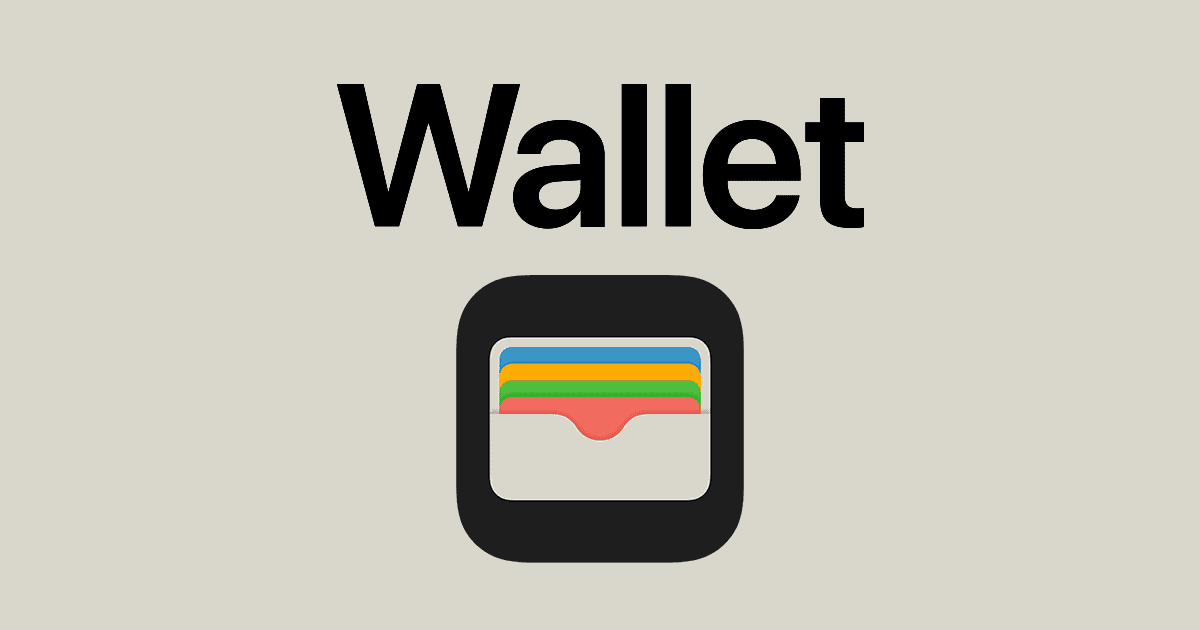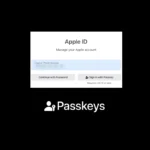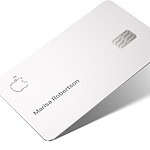When it comes to using mobile payments and digital wallets, keeping your information safe is a major concern for both users and developers. Apple Wallet allows you to manage different types of cards and passes, such as credit and debit cards, all in one place. To make sure your sensitive information stays secure, Apple has put in place a variety of security measures. These include encryption and privacy protections to prevent unauthorized access to your personal and financial data stored in the wallet.
When you add cards to Apple Wallet, it’s a simple process, and when you make transactions, you can confirm them using Face ID, Touch ID, or a passcode to add an extra layer of security. Apple doesn’t store your card numbers on your device or its servers, and it doesn’t share them with merchants. Instead, it assigns and encrypts a unique Device Account Number, which is securely stored. Moreover, Apple Pay uses a different security code for each transaction, making it harder for fraudsters to misuse your card information.

Apple Wallet: Security Features and Precautions
Enhanced Security Measures
Apple Wallet boasts several layers of security to protect your financial and personal information:
| Feature | Description | Benefit |
|---|---|---|
| Device-Specific Number: Each transaction uses a unique code, not your actual card number. | Merchants never see your card details, reducing fraud risk. | |
| Transaction Codes: One-time codes are generated for each purchase. | Prevents unauthorized use even if code is intercepted. | |
| Biometric Authentication: Requires Face ID, Touch ID, or passcode to authorize transactions. | Adds a layer of security even if your device is lost or stolen. | |
| Encrypted Data: Wallet data is encrypted both in transit and on Apple’s servers. | Protects information from unauthorized access. | |
| Limited Transaction Data: Apple doesn’t store transaction data linked to you. | Maintains your privacy and anonymity. |
Additional Security Tips
While Apple Wallet offers robust security, it’s wise to take extra precautions:
- Strong Passcode: Use a strong, unique passcode or alphanumeric password for your device.
- Two-Factor Authentication (2FA): Enable 2FA for your Apple ID to add an extra layer of security.
- Lost or Stolen Device: Use Find My iPhone to locate, lock, or erase your device if it’s lost or stolen.
- Monitor Your Accounts: Regularly review your financial statements for any unauthorized transactions.
Overall Safety Assessment
Apple Wallet is generally considered a secure way to store and use your cards and personal information. Its multiple layers of security make it difficult for unauthorized users to access your data. However, like any digital wallet, it’s not entirely foolproof, and users should remain vigilant and take appropriate precautions to protect their information.
Versatile Uses for Apple Wallet
Apple Wallet is not just about payments; it’s a multi-purpose tool designed to streamline various aspects of your life:
- Payments: Store credit, debit, and prepaid cards for contactless payments via Apple Pay.
- Transit: Add transit cards for quick access to public transportation systems.
- Tickets and Boarding Passes: Store event tickets, movie tickets, and boarding passes for easy access.
- Rewards and Loyalty Cards: Keep track of your loyalty programs and rewards cards in one place.
- Keys: Store digital keys for your home, car, hotel, and more.
- ID Cards: Some states allow you to add your driver’s license or state ID to Apple Wallet.
- Student IDs: Certain schools and universities support student ID cards in Apple Wallet.
This versatility makes Apple Wallet a convenient and secure way to organize various digital credentials and essential items, reducing the need to carry physical cards and keys.
Key Takeaways
- Apple Wallet prioritizes user data security through encryption and privacy measures.
- Adding cards to Apple Wallet is a secure process that authenticates via biometrics or passcode.
- Apple Pay transactions use a unique, encrypted Device Account Number and a dynamic security code.
Apple Wallet Security Fundamentals
Apple Wallet is designed to keep your financial transactions safe. It uses advanced security measures to protect your data. These include encryption and various forms of authentication. These systems make sure that your payment information remains secure.
Encryption and Data Protection
Apple Wallet protects your card information with encryption. When you add a card to Apple Wallet, the card numbers are not stored on the device or on Apple’s servers. Instead, Apple Wallet creates a unique Device Account Number. This number is encrypted and saved within a secure element on your device. The secure element is a chip that is only for protecting your payment information.
Authentication via Biometrics and Passcode
Apple requires you to authenticate with Face ID, Touch ID, or your passcode before using Apple Wallet. This step is to make sure you are the person who authorizes a payment or unlocks your device. Face ID and Touch ID provide a secure and fast way to keep your transactions safe. They use biometric information, which is hard to replicate. This ensures that only you can make payments from your device.
Usage and Practicalities of Apple Wallet
Apple Wallet streamlines how users handle various card-related tasks on their Apple devices. It brings easy access to payment and organizational tools.
Convenience Across Apple Devices
Apple Wallet operates seamlessly on iPhones, iPads, Apple Watches, and Macs. Users can store credit and debit cards, reward cards, and boarding passes. With Apple Pay, they can make purchases in stores, online, or with apps using their added cards. Apple devices use a secure element to store card details safely. Payments are simplified with just a touch or a glance through Touch ID or Face ID.
Apple Wallet in Everyday Transactions
Each day, Apple Wallet users engage in hassle-free transactions. Near-field communication (NFC) supports contactless payments at merchants. With Apple Cash, users send, receive, and transfer money directly from their wallet. When shopping, they benefit from rewards programs without carrying physical cards. The Wallet app ensures that credit and debit cards are always at hand for smooth and fast payment experiences.
FAQs
How to Remove a Card from Apple Wallet
Removing a card from Apple Wallet is a simple process. Open the Wallet app on your iPhone and locate the card you want to remove. Tap on the card, then tap the three dots in the upper right corner. Select “Card Details”, scroll down, and tap “Remove Card”. Confirm your choice, and the card will be removed from your Apple Wallet.
Using Google Wallet on iPhone
While Apple Wallet is the default on iPhones, you can still use Google Wallet. First, download the Google Wallet app from the App Store. Open the app and sign in with your Google account. You can then add your credit or debit cards, loyalty cards, and even transit passes to Google Wallet. To make a payment, simply open the app, select your card, and hold your phone near the contactless terminal.







